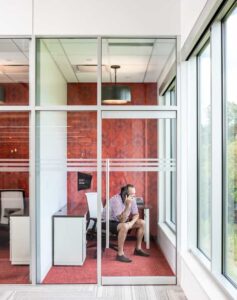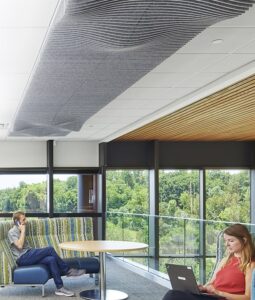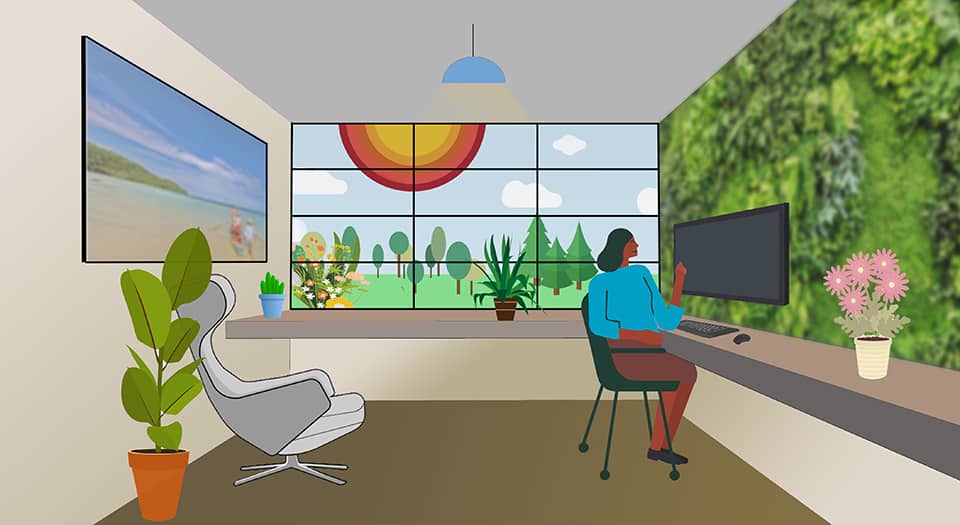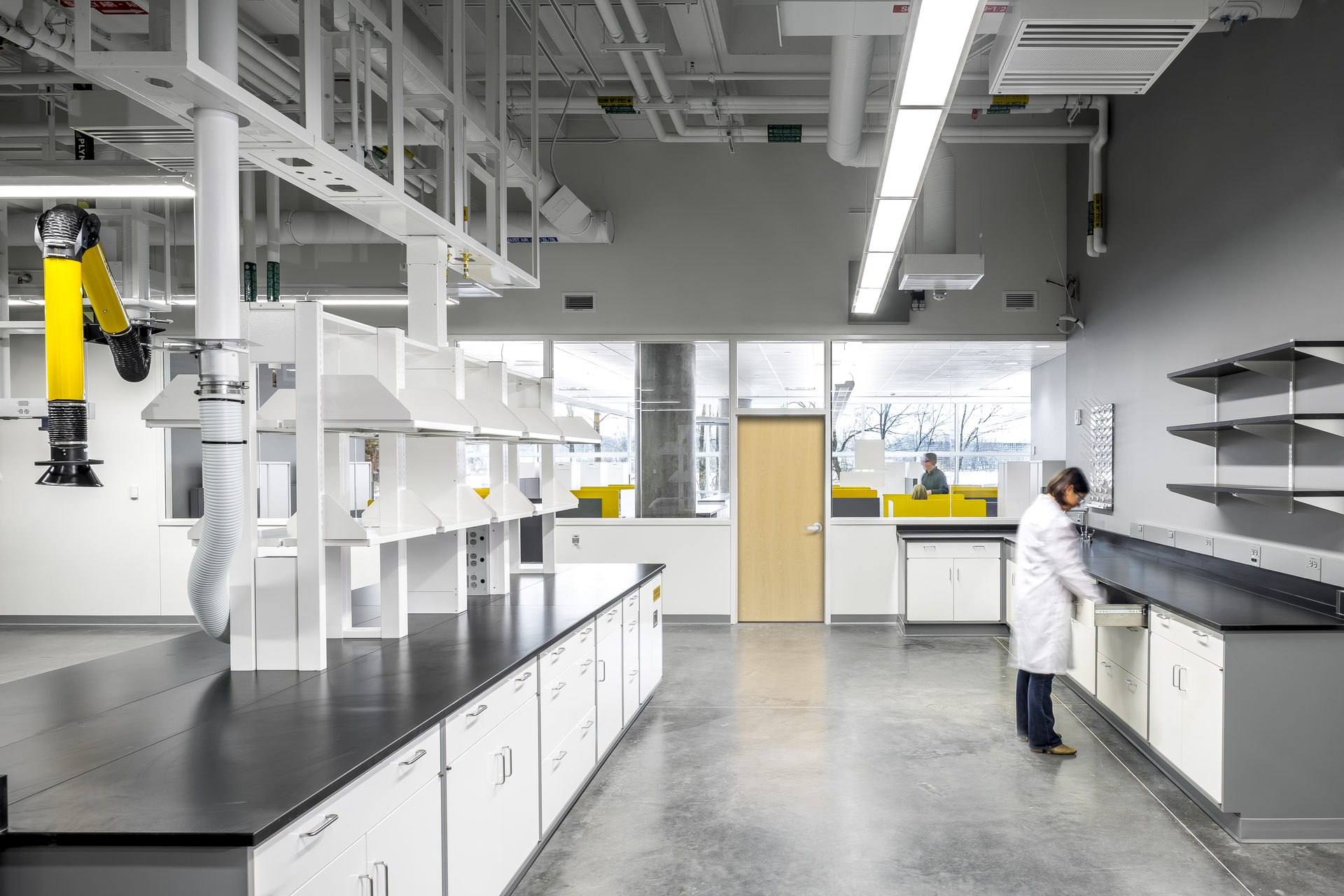“Face-to-face physician visits will never be the same again in healthcare.”
Chris Van Gorder, CEO of Scripps Health, made this statement recently when asked, “What will never be the same again in healthcare?” Elaborating on his statement, he described how an 18-month plan to roll out a virtual care program was deployed in nine days as a reaction to rules limiting clinical visits in response to the COVID-19 pandemic.
Virtual care is essential and newly in high demand for good reasons. In a time when the world has been told to stay home, people are turning to virtual platforms to replace all the things they previously did in person. Virtual care is a necessary step for healthcare organizations to continue providing care to the community and remain a viable business.
When healthcare organizations transition out of strategies focused on treating COVID-19 and preventing or slowing its spread, healthcare systems will likely look different than they did before the pandemic. As virtual care proves to be a successful alternative to delivering many types of care previously offered through in-person visits, there is potential to increase demand for virtual care, especially if CMS makes temporary rules regarding virtual care services permanent.
While the effectiveness of virtual care in various service lines is still to be evaluated, the migration to providing more telehealth services is challenging organizations to do more than adapt to a new care delivery method. How can existing spaces be quickly and effectively converted for conducting virtual care? What should be taken into consideration when designing virtual care spaces to support provider well-being? Considering a virtual care environment is more of a workspace and less an exam area means provider fatigue and wellness can’t be overlooked when creating these spaces.
Healthcare facilities should consider not only patient care, but also the wellbeing of the healthcare providers who work there. Workspaces — including virtual care rooms — should be ergonomically adjustable, have access to daylight, and be appropriately lit. They should incorporate views of nature when possible and consider noise levels to prevent audio fatigue.
RECOGNIZING VIDEO CONFERENCE FATIGUE
Virtual care communication can take a few different forms, including email, text, voice-only calls, or video visits. These virtual care consultations may be patient-to-provider or provider-to-provider. What does virtual care demand from a physical space in order to be successful? To address this question, we are going to focus on the impact a space has on the provider’s ability to conduct virtual services, as well as the provider’s wellbeing.
The success of the recent dive into virtual care shows that providers adapted quickly in an unusual situation. However, similar to other professionals whose jobs have migrated to remote work, video conferencing fatigue is a real issue and providers are experiencing more fatigue after a full day of providing virtual care than when they were providing care in person.
As virtual care gains more traction, accommodating the physiological needs of the provider — and other professionals whose screen time defines their work hours — will become more apparent
SEEING WORKPLACES IN CARE SPACES

With conversions, ergonomic accommodations may not be permanent fixtures. The provider may be using a laptop with a built-in camera and microphone, making it impossible to position both the screen and keyboard in their ideal ergonomic positions. However, there are still modifications that can help. For example, when possible, set the laptop on a platform or riser, and add a detached keyboard and mouse. Positioning the camera at, or slightly above, eye level aligns the speaker’s focus with the camera, which gives the viewer on the other end of the video call perceived eye contact, conveying a sense of trust, honesty, and attentive involvement in the conversation. This is an especially important aspect of communication in healthcare and management, yet it is unfortunately too easily lost when conducting a virtual visit.
SHEDDING LIGHT ON WELLBEING
The benefits of natural light in both care spaces and offices have been studied and well documented. Natural light helps people manage their circadian cycles and regulate mood. Studies have also shown that views of nature and exposure to natural light decrease sick leave, lower stress, and increase alertness.
Additionally, views to the outside help prevent eye strain. Optometrists recommend looking up from computers every 20 minutes to focus on something at least 20 feet away for 20 seconds to prevent eye strain.
Understanding the personal benefits, the best-case scenario is locating a virtual care set-up where there is a window and access to natural light. The additional benefit is that that color spectrum afforded by natural light renders skin tones and the surrounding environment appropriately, allowing the patient a more realistic interaction with the provider, thereby creating a personal connection.
If natural light isn’t an option, a workspace should have adequate ambient lighting. For optimal outcomes when video conferencing, the light source should be indirect, bright, and located behind the camera so the person is not backlit, which puts their face in a shadow. Converting an exam room or office to use as a temporary location for conducting virtual visits should provide adequate lighting.
MITIGATING NOISE
As important as light is to the stress and wellbeing of the provider, controlling for noise improves the virtual exam experience for both the provider and the patient. External background noise can be disruptive on a call, making it hard to hear and be heard. Ideally, noise levels in workspaces should not exceed 50dBA on average (3). Noise levels above this can cause fatigue if a person is subject to it for long periods of time, and exposure to noise levels above 80dBA over prolonged periods of time can cause hearing loss. For reference, a normal conversation is about 60-70dBA, a household refrigerator is about 55dBA, and city traffic is around 85dBA. (See chart.)
To mitigate noise, virtual care rooms should be located away from high traffic areas and in a space with a door that can be closed to block out external noise. Noise levels outside of a building, such as vehicle traffic, should also be a factor in locating a virtual care office, especially if a virtual care space is an area with exterior windows.

When modifying or creating a space that will be used exclusively for virtual care, other sound-absorbing materials — like cork or felt tiles — can be added to the room. Acoustic artwork can even add a natural and decorative aspect to the space.
CARING FOR CAREGIVERS
Additional amenities for providers and their staff can also help prevent burnout and increase well-being in the workplace. Break areas with natural lighting and views to outside can boost mood; healthy food options keep employees in good physical and mental health; and conveniently placed drinking fountains and bottle filling stations that have good water quality support good hydration habits (body water loss of just one to two per cent can impair mental function). Air quality, too, should be taken into consideration. Good air quality improves cognitive function while mitigating illnesses. Proper air filtration, fresh air intake, and HVAC system maintenance all work together to minimize indoor air contaminates.
If people didn’t realize it before, they now know protecting the health of those who provide our healthcare is vitally important. Providing healthcare workers with an environment that will support and enhance virtual care will be a key factor in preventing burnout and keeping employees healthy so they can care for the health of others. Thoughtfully planned virtual care spaces can have the dual effect of supporting the health and well-being of providers while also supporting the organization’s ability to pivot and expand its service offerings for patients and the community.
Melanie Baumhover, AIA, LEED AP, is an architect and principal with extensive experience in healthcare and mental health. She can be reach at msbaumhover@bwbr.com or 651.290.1988. Kate Poland, AIA, WELL AP, is a former project architect whose work includes facilities in the healthcare and mental health sectors, as well as education and workplaces.








